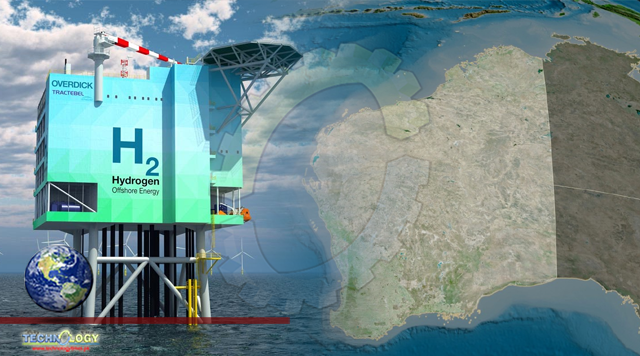Western Australia could soon be home to the world’s biggest green hydrogen project. The Western Green Energy hub (WGEH) wants to deploy 50 GW of solar and wind generation to produce up to 3.5 million tons of green hydrogen or 20 million tons of ammonia a year.

This monster project edges out the 45-GW Svevind project in Kazakhstan that was announced just a couple of weeks ago. It underscores the huge paydays the energy industry is foreseeing in green energy exports.
Yes, hydrogen is inefficient and borderline wasteful compared to storing and releasing green energy in batteries. But the world is aiming to decarbonize completely by 2050, and batteries simply don’t have the energy density for many applications, such as long-haul trucking, shipping and aviation.
Hydrogen will also be key in decarbonizing steel production – and it represents and energy export opportunity in a post-coal and oil world that doesn’t look like it’s getting a global energy grid any time soon to share renewable power without putting it on boats.
The new hub would take advantage of Western Australia’s excellent solar potential and solid wind potential, occupying some 15,000 square kilometers (5,800 sq mi) of largely red, rocky desert near Kalgoorlie in the south-east of the state. Construction would be in phases, to ramp up as expected demand for these green fuels grows.
The WGEH will be developed by InterContinental Energy, in conjunction with CWP Global and the Mirning People, native title holders of the region in question.
Interestingly, InterContinental is also behind the Asian Renewable Energy Hub (AREH), a similar green fuel project in the north-west of Western Australia that was to be the world’s largest at 26 MW.
The AREH was fast-tracked with Major Project status from the Australian Government, but more recently, the country’s conservative federal environment minister put the kibosh on the development, claiming it would have “unacceptable” environmental impacts. It’ll be interesting to see how the larger WGEH project fares in this regard.
It’s not going to move particularly quickly; a final investment decision isn’t expected until sometime after 2028.
Originally published at New atlas